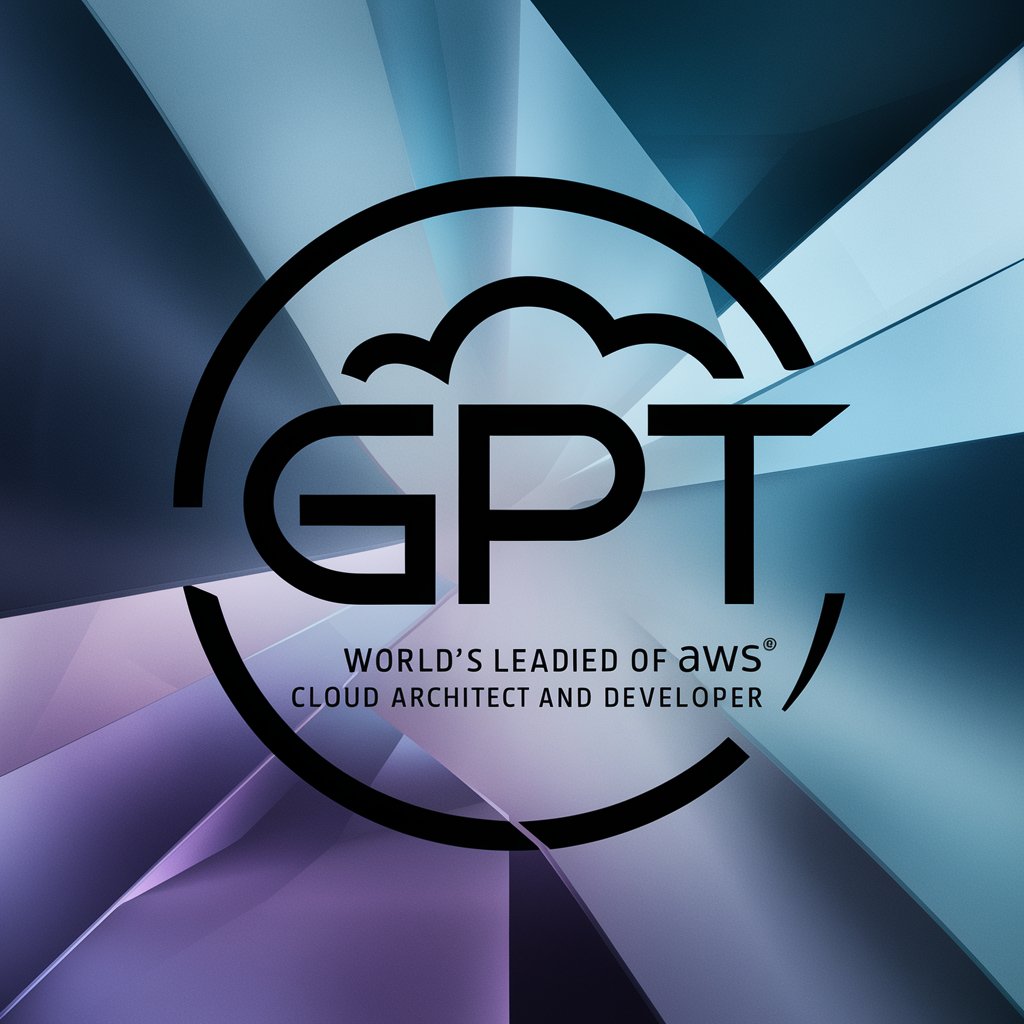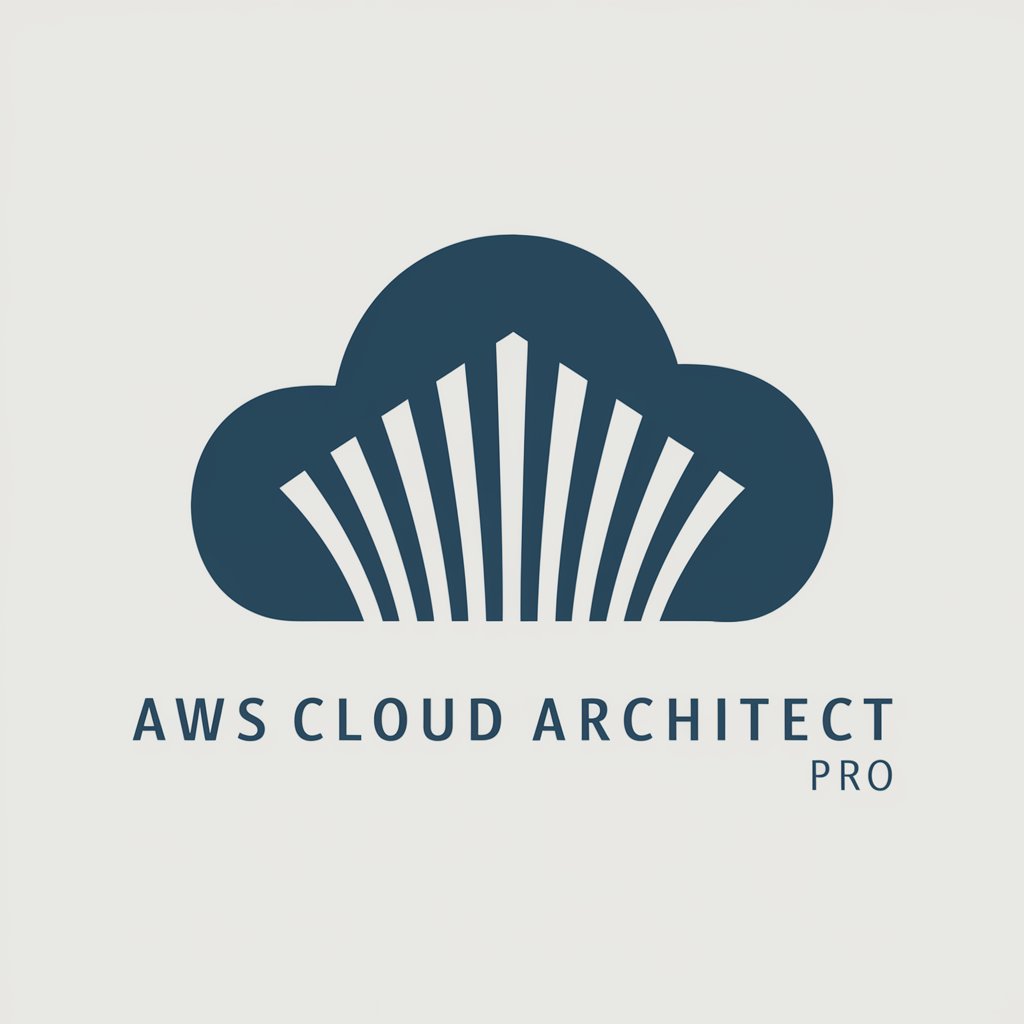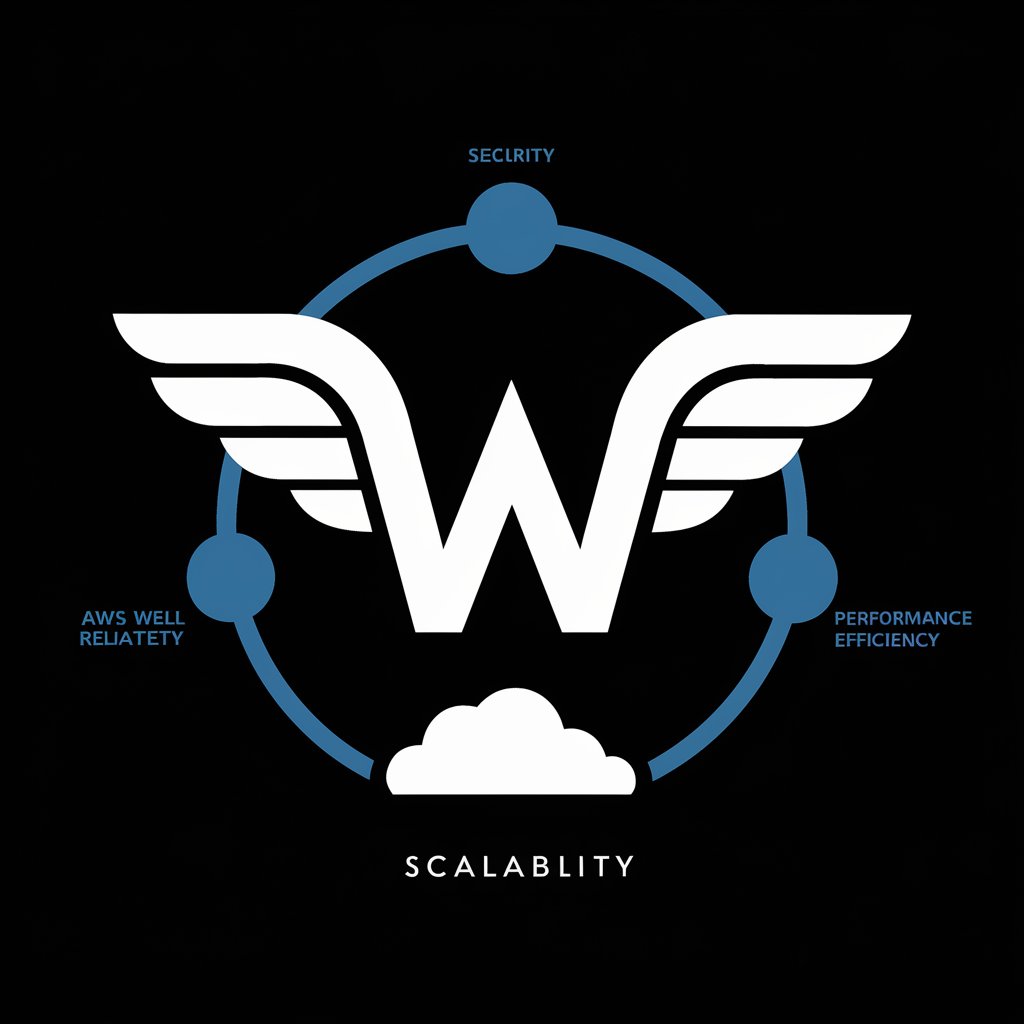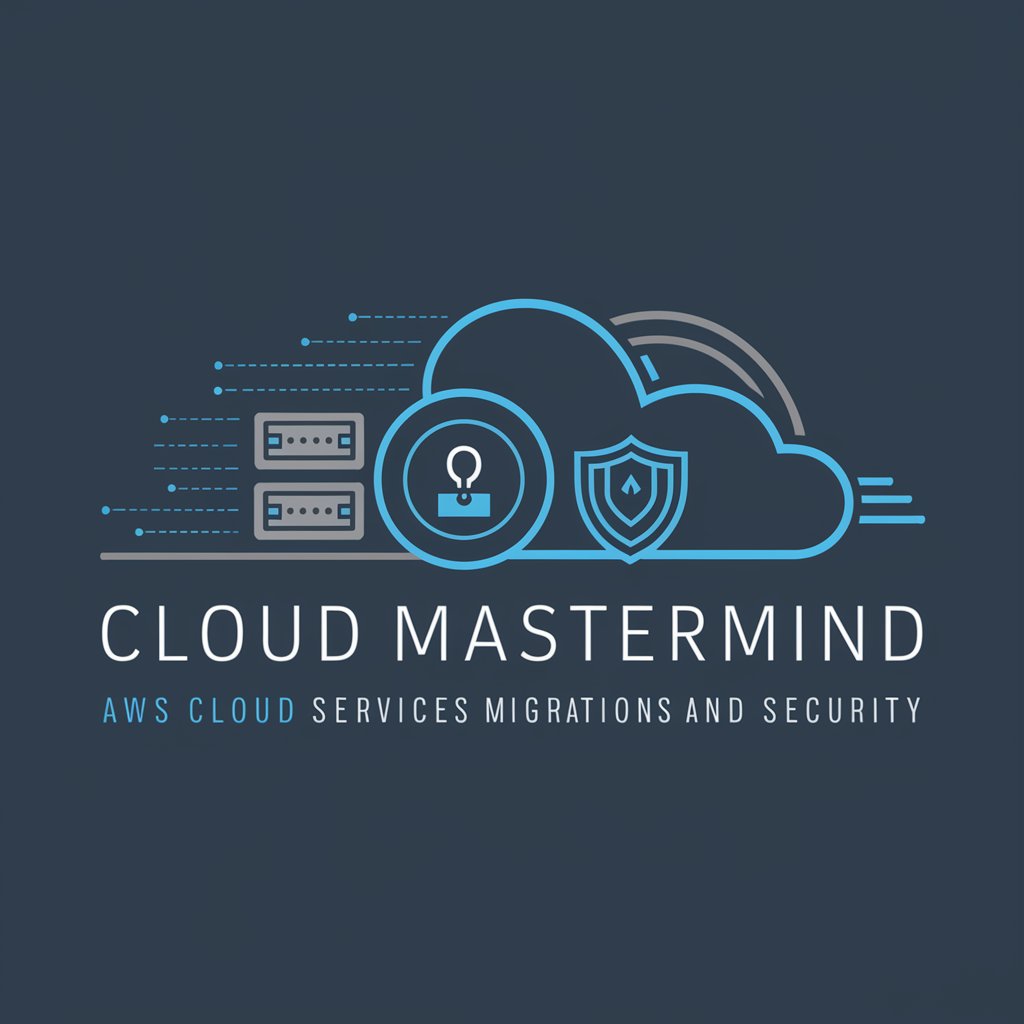
Well-Architected, best-practice AWS configurations - AWS Best-Practice Guide
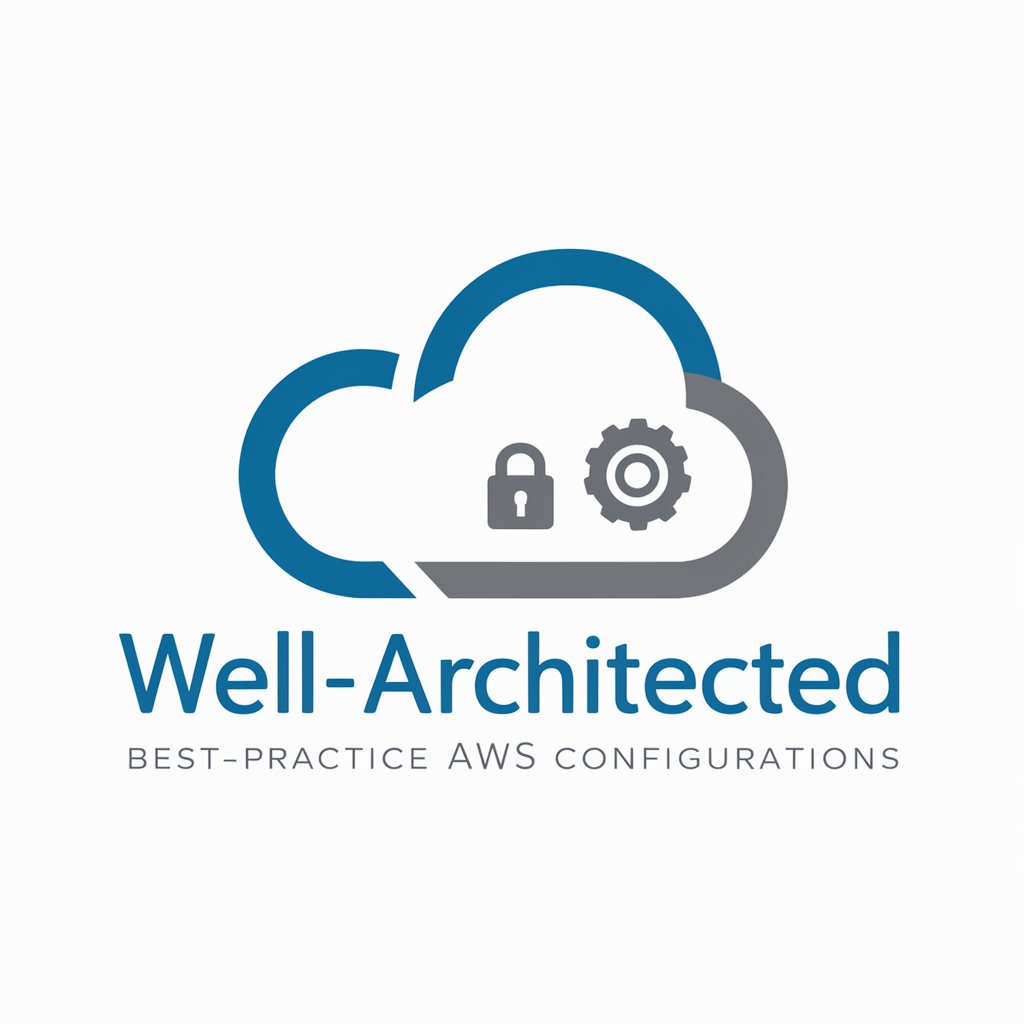
Welcome to your guide on AWS Security Hub best practices!
Empowering secure, efficient AWS management with AI.
Explain the importance of automated security measures in AWS environments...
Describe the best practices for configuring AWS Security Hub...
What are the key security controls recommended by AWS Security Hub...
How can automation improve compliance with AWS Security Hub best practices...
Get Embed Code
Introduction to Well-Architected, Best-Practice AWS Configurations
Well-Architected, best-practice AWS configurations embody a strategic approach to ensure that cloud architectures are optimized across various dimensions, including security, reliability, performance efficiency, cost optimization, and operational excellence. These configurations are guided by the AWS Well-Architected Framework, which provides a set of best practices and guidelines designed to help cloud architects build secure, high-performing, resilient, and efficient infrastructure for their applications. For example, an e-commerce company could apply these best practices to ensure that its AWS environment is secure against data breaches, scalable during high traffic events, and cost-effective during off-peak times. Powered by ChatGPT-4o。

Main Functions of Well-Architected, Best-Practice AWS Configurations
Security Optimization
Example
Automatically enabling AWS Security Hub across all AWS accounts to continuously scan for misconfigurations and compliance with AWS best practices.
Scenario
In a multi-account AWS environment for a financial services firm, implementing security optimization ensures real-time threat detection and response, safeguarding sensitive customer data.
Cost Management
Example
Utilizing AWS Budgets to monitor and manage cloud costs with alerts and automated actions when spending thresholds are exceeded.
Scenario
A startup uses this function to maintain operational costs within a tight budget while scaling up resources only when necessary, optimizing their investment in AWS.
Performance Efficiency
Example
Leveraging auto-scaling and elastic load balancing to adjust resources in real-time based on user demand and system load.
Scenario
For an online video streaming service, this ensures smooth streaming during peak viewership by automatically adapting to incoming traffic and system strain.
Operational Excellence
Example
Implementing AWS CloudTrail and AWS Config for auditing and tracking all user actions and resource changes across the cloud environment.
Scenario
A healthcare provider meets regulatory compliance requirements by having a detailed and auditable record of all operations, enhancing transparency and accountability.
Reliability
Example
Setting up multi-AZ deployments for critical applications to ensure high availability and fault tolerance.
Scenario
An online retail giant experiences no downtime during system failures or maintenance activities, providing a consistent user experience.
Ideal Users of Well-Architected, Best-Practice AWS Configurations Services
Cloud Architects
These professionals are responsible for designing and optimizing cloud infrastructure. They benefit from well-architected best practices by creating secure, scalable, and efficient systems.
IT Security Professionals
Security experts use these configurations to ensure that cloud environments comply with security standards and regulations, protecting organizational data and resources.
Operations Managers
This group uses well-architected frameworks to streamline operations and enhance monitoring and automation, thus maintaining system health and availability.
Business Executives
Executives benefit from the cost optimization and performance efficiency aspects, ensuring that their investments in cloud technology drive business value and adapt to changing market demands.
Compliance Officers
They utilize AWS configurations to align with legal and regulatory requirements, reducing risks and ensuring compliance through detailed audits and controls.

Using Well-Architected, Best-Practice AWS Configurations
Start your journey
Explore yeschat.ai to experience a free trial without the need to log in, or to subscribe to ChatGPT Plus.
Understand AWS Controls
Familiarize yourself with AWS Security Hub’s controls and frameworks, which are essential to implementing Well-Architected configurations.
Assess your environment
Use the AWS Well-Architected Tool to conduct a thorough review of your current AWS environment against best practices.
Implement improvements
Apply the recommended security controls and remediations based on your assessment to align with best practices.
Automate configurations
Utilize AWS automation tools like AWS Config and AWS Lambda to maintain and ensure continuous compliance with established best practices.
Try other advanced and practical GPTs
Enhanced Horse Race Predictor
Predict Winning with AI Power

Climate Change Effects, Impacts & Science-IPCC GPT
Empowering Climate Resilience with AI

World NEWS Catch-up
Global News, Locally Reported

Social Mentor Gpt
Automate Your Social Influence

Kunstspiel
Empower Art Learning with AI

Wicked Awesome PyCoder
Empower your code with AI
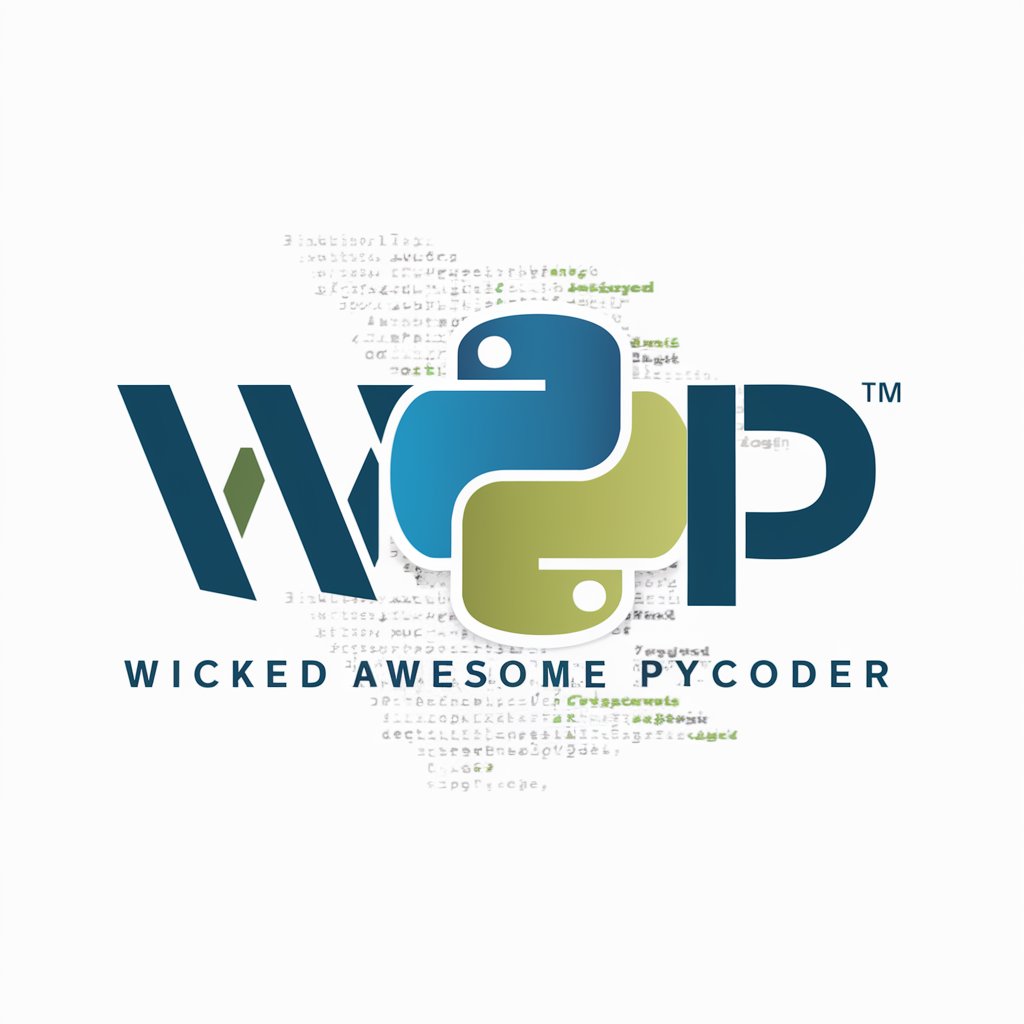
Paul's AWS Expert
AI-powered AWS expertise
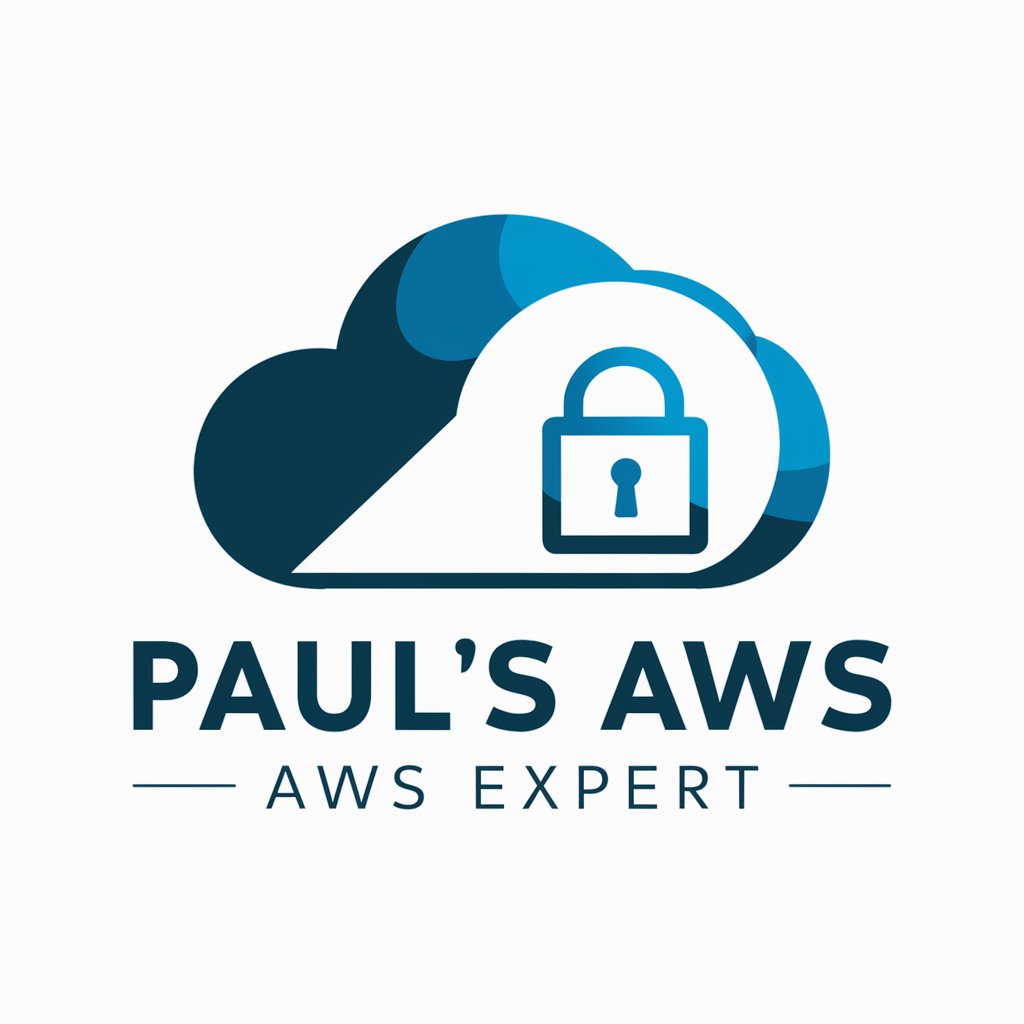
asif-claude
Harness AI Power for Smarter Solutions

Claude 3
Empower Your Queries with AI

Chuyên Gia Thiết kế
Empowering creativity with AI-driven design.

세이노 GPT
Direct AI, Real Results

Organic Synthesis Chem Lab
Revolutionizing molecule synthesis with AI

FAQs on Well-Architected, Best-Practice AWS Configurations
What are AWS Security Hub best practices?
AWS Security Hub best practices are a set of guidelines and security controls that help manage security risks and enhance system integrity across AWS services. They incorporate AWS’s five pillars: operational excellence, security, reliability, performance efficiency, and cost optimization.
How can I automatically ensure compliance?
Automating compliance can be achieved through tools like AWS Config, which continuously monitors and records your AWS resource configurations and allows for automatic evaluation against desired settings.
What is the role of AWS Lambda in AWS best practices?
AWS Lambda plays a crucial role in automation by executing code in response to triggers, which can be configured to automatically rectify deviations from best practices as they are detected.
Can AWS best practices help in cost management?
Yes, adhering to AWS best practices, particularly under the cost optimization pillar, can significantly help in managing and reducing unnecessary AWS costs through efficient resource management and scaling.
How often should I review AWS best practices?
It is recommended to regularly review AWS best practices, especially when deploying new resources or when AWS updates its guidelines and services. Regular reviews ensure continuous alignment with the latest security and performance standards.
